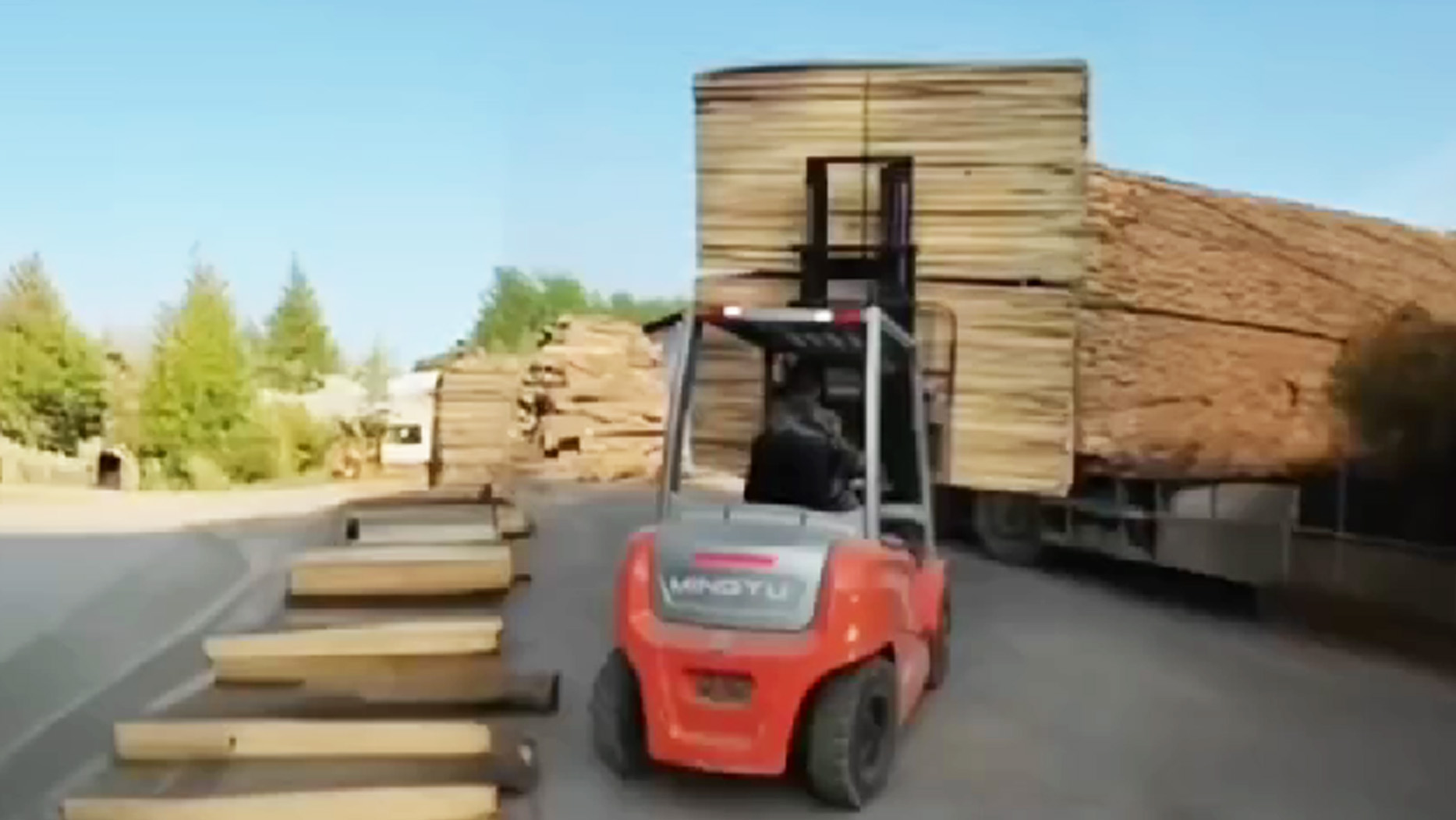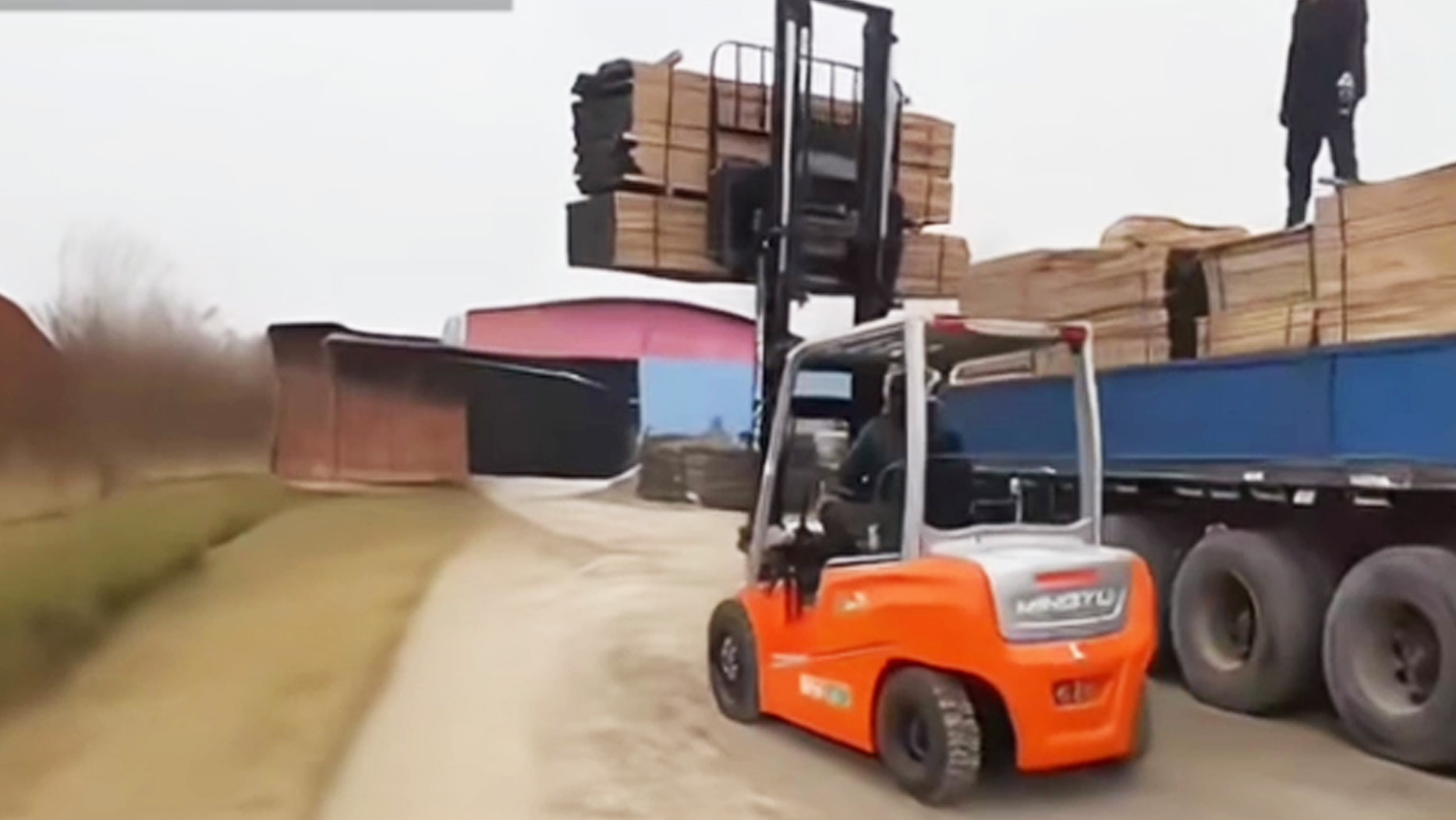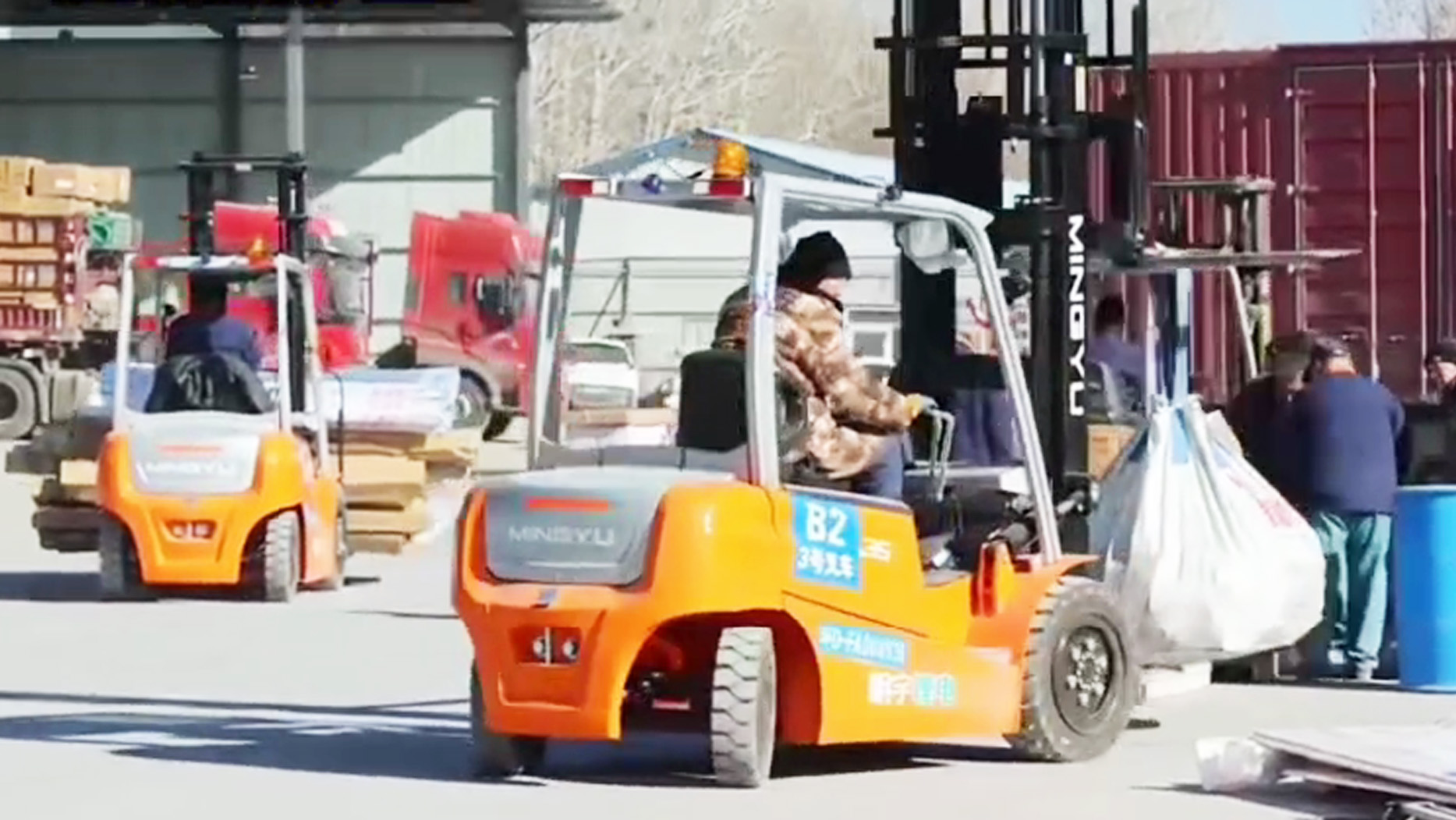I. Introduction
The silent workhorse of the modern warehouse and industrial facility, the electric forklift, has surged in popularity. Driven by the compelling combination of zero tailpipe emissions, quieter operation, and often lower running costs, electric forklifts are increasingly replacing their internal combustion engine counterparts. At the heart of their performance lies the battery – the energy source that dictates uptime, efficiency, and overall operational effectiveness. However, the landscape of forklift battery technology is diverse, with various chemistries and designs each presenting unique advantages and disadvantages. Selecting the most suitable battery for your specific forklift and operational demands is a critical decision that can significantly impact productivity, maintenance schedules, and the bottom line. This article serves as a comprehensive guide, illuminating the key types of forklift batteries available and providing the knowledge necessary to make an informed choice that aligns perfectly with your unique power requirements and business objectives.
II. Understanding Your Forklift Power Requirements
Before diving into the intricacies of battery technology, a thorough understanding of your forklift's power demands and operational context is essential. Failing to accurately assess these needs can lead to suboptimal battery performance, increased downtime, and ultimately, reduced productivity.
A. Forklift Type and Usage Intensity: The power requirements of a forklift are intrinsically linked to its class and how it is utilized. Class I forklifts (electric rider counterbalanced) generally handle heavier loads and may operate for longer durations than Class II (electric narrow aisle) or Class III (electric hand trucks/stackers). The length of your work shifts and the number of shifts per day directly influence the required battery capacity and the feasibility of different charging regimes. High load weights and a frequent cycle of lifting and lowering will draw significantly more energy from the battery compared to lighter loads and less intensive use. Understanding these usage patterns is crucial in determining the necessary amp-hour (Ah) capacity and voltage of your forklift battery.
B. Operating Environment: The conditions under which your forklift operates can significantly impact battery performance and longevity. Extreme temperatures, whether scorching heat in outdoor yards or freezing conditions in cold storage facilities, can affect battery efficiency and lifespan. Indoor versus outdoor usage also plays a role, particularly in considering potential exposure to dust, moisture, and other elements that might necessitate more robust battery casings or sealed designs. Finally, the available space on the forklift for the battery and the layout of your facility for charging infrastructure can limit your options regarding battery size and the type of charging system you can implement.
C. Charging Infrastructure and Time Constraints: The time windows available for charging your forklift batteries are a critical factor in battery selection. Operations with extended downtime between shifts might accommodate longer charging cycles, while multi-shift operations with limited breaks may necessitate batteries capable of faster or opportunity charging. The existing or planned charging infrastructure, including the voltage and amperage of your charging stations and their location within your facility, must be compatible with the chosen battery type to ensure efficient and safe charging.
III. Key Types of Forklift Batteries
The electric forklift market offers several distinct battery technologies, each with its own set of characteristics that cater to different operational needs and priorities.
A. Lead-Acid Batteries: The workhorse of the small electric forklift industry for decades, lead-acid batteries are a mature and well-understood technology.
Flooded Lead-Acid: This traditional design features lead plates submerged in an electrolyte solution of sulfuric acid and water.
Technology Overview: During discharge, a chemical reaction occurs between the lead plates and the electrolyte, producing electricity. Recharging reverses this process. The battery's construction is relatively simple, making it robust and recyclable.
Advantages: Flooded lead-acid batteries typically have a lower initial cost compared to newer technologies. They are known for their robustness and a well-established recycling infrastructure.
Disadvantages: These batteries require regular watering to maintain the electrolyte level, which can be time-consuming and requires strict adherence to safety procedures. They also have longer charging times (typically 8-10 hours), produce gassing during charging (requiring well-ventilated charging areas), demand regular maintenance (cleaning terminals, equalization charging), and generally have a shorter lifespan compared to lithium-ion in heavy-duty applications.
Best Use Cases: Flooded lead-acid batteries are often suitable for lower intensity applications with single shifts where there is sufficient downtime for lengthy charging and a dedicated team for regular maintenance.
Sealed Lead-Acid (AGM & Gel): These designs immobilize the electrolyte to prevent spills and reduce gassing.
Technology Overview: Absorbent Glass Mat (AGM) batteries contain the electrolyte absorbed in a fiberglass mat, while Gel batteries use a silica gel to solidify the electrolyte. This prevents stratification and allows for more flexible operation.
Advantages: Sealed lead-acid batteries offer lower maintenance as they do not require watering. They also exhibit reduced gassing, making them suitable for less ventilated areas (though ventilation is still recommended). Their spill-proof nature and the ability to be opportunity charged (short charges during breaks) are significant advantages.
Disadvantages: They typically have a higher initial cost than flooded lead-acid batteries and are sensitive to overcharging, which can significantly reduce their lifespan. In heavy-duty use, their lifespan might be shorter than well-maintained flooded batteries. They also tend to have higher internal resistance, potentially leading to reduced performance under high discharge rates.
Best Use Cases: Sealed lead-acid batteries are often preferred for medium intensity applications, multi-shift operations where opportunity charging can extend runtime, and temperature-sensitive environments where stratification in flooded batteries can be an issue.
B. Lithium-Ion Batteries: A rapidly growing segment in the forklift battery market, lithium-ion technology offers significant advancements in performance and efficiency.
Technology Overview: Lithium-ion batteries utilize various chemistries, with Lithium Iron Phosphate (LFP) and Lithium Nickel Manganese Cobalt Oxide (NMC) being common in forklift applications. These batteries offer higher energy density and faster charging capabilities. They also require a sophisticated Battery Management System (BMS) to monitor and control cell voltage, temperature, and current, ensuring safe and optimal operation.
Advantages: Lithium-ion batteries boast fast charging capabilities (often fully charging in 1-2 hours), enabling efficient opportunity charging during short breaks and maximizing uptime in multi-shift operations. They offer higher energy density, providing longer runtimes for a given battery size and weight. Their longer lifespan compared to lead-acid in heavy use, zero maintenance (no watering or equalization), and consistent voltage throughout discharge contribute to increased productivity and reduced operational overhead.
Disadvantages: The primary drawback of lithium-ion batteries is their higher initial cost compared to lead-acid options. While generally safe, there is a potential thermal runaway risk if the BMS fails or the battery is severely damaged or mishandled.
Best Use Cases: Lithium-ion batteries are ideal for high intensity applications, multi-shift operations with limited downtime, temperature-controlled environments where consistent performance is crucial, and operations that prioritize efficiency and low maintenance.
C. Other Emerging Technologies: While lead-acid and lithium-ion dominate the current forklift battery landscape, other technologies are being explored and developed.
Fuel Cells (hydrogen-powered): These generate electricity through a chemical reaction between hydrogen and oxygen, producing only water as a byproduct. They offer 1 very fast refueling times and zero emissions but require a significant hydrogen infrastructure that is not yet widely available.
Hybrid systems: These combine a battery with another energy source, such as a small internal combustion engine or a capacitor, to optimize efficiency and reduce emissions. They are still in relatively early stages of adoption in the forklift market.
These emerging technologies hold promise for the future but currently have limited availability and higher costs compared to lead-acid and lithium-ion in most forklift applications.
IV. Comparing Battery Types: A Detailed Analysis
A comprehensive comparison of the different battery types requires a deeper dive into their long-term implications beyond the initial purchase price.
A. Initial Cost vs. Total Cost of Ownership (TCO): While lead-acid batteries generally have a lower initial cost, the total cost of ownership (TCO) can be significantly higher over their lifespan due to energy consumption during longer charging cycles, maintenance costs associated with watering and equalization, replacement costs due to a shorter lifespan in heavy use, and downtime for maintenance and extended charging. Lithium-ion batteries, despite a higher upfront investment, often offer a lower TCO due to their higher energy efficiency, minimal maintenance, longer lifespan, and reduced downtime thanks to fast and opportunity charging. Calculating the TCO for your specific usage scenarios is crucial, factoring in energy costs, labor for maintenance, replacement frequency, and lost productivity due to downtime.
B. Performance and Efficiency: Lithium-ion batteries excel in performance and efficiency. Their higher energy density translates to longer runtimes, allowing forklifts to operate for extended periods without needing a charge. Their fast charging speed significantly improves operational uptime. The consistent voltage throughout the discharge cycle ensures sustained forklift performance, even when the battery is nearing depletion. Lead-acid batteries, particularly flooded types, experience voltage drop as they discharge, potentially affecting the forklift's power and speed. The lower energy efficiency of lead-acid during charging also contributes to higher energy consumption.
C. Maintenance Requirements and Downtime: The contrast in maintenance requirements is stark. Lead-acid batteries demand regular attention, including watering, terminal cleaning, and periodic equalization charging, all of which consume valuable time and labor. Lithium-ion batteries, on the other hand, require minimal to no maintenance, freeing up personnel and reducing the risk of human error in maintenance procedures. The reduced need for lengthy charging cycles with lithium-ion also minimizes downtime, leading to increased productivity.
D. Lifespan and Replacement Costs: Under similar heavy-duty operating conditions, lithium-ion batteries typically offer a significantly longer lifespan (often 2-3 times that of lead-acid) due to their different charging and discharging characteristics. While the replacement cost of a lithium-ion battery is higher, its extended lifespan can result in fewer replacements over the forklift's operational life, contributing to a lower TCO in the long run. The lifespan of lead-acid batteries is heavily influenced by proper maintenance; neglect can drastically shorten their usable life, leading to more frequent and costly replacements.
E. Environmental Impact and Sustainability: Both battery types have environmental impacts. The manufacturing and disposal of lead-acid batteries involve hazardous materials, but there is a well-established recycling infrastructure. Lithium-ion batteries also have environmental concerns related to the mining of raw materials and their manufacturing processes. However, their longer lifespan and higher energy efficiency can lead to a lower overall carbon footprint over their use. The recyclability of lithium-ion batteries is an evolving field with increasing advancements.
F. Safety Considerations: Both battery technologies have associated safety concerns. Lead-acid batteries produce gassing during charging, which is flammable and requires proper ventilation. Acid spills are also a risk during maintenance. Lithium-ion batteries carry a potential thermal runaway risk if damaged, overcharged, or improperly managed. However, the integrated Battery Management System (BMS) in lithium-ion batteries provides sophisticated monitoring and safety controls to mitigate these risks. Proper handling and adherence to safety guidelines are crucial for both battery types.
V. Making the Right Choice: A Step-by-Step Guide
Selecting the optimal forklift battery requires a systematic approach that considers your specific operational context and long-term goals.
Step 1: Clearly define your forklift power requirements: Analyze your forklift's class, usage intensity (shift length, number of shifts, load weights, lifting frequency), operating environment (temperature, indoor/outdoor), and charging infrastructure limitations.
Step 2: Research and compare the characteristics of different battery types: Understand the initial cost, TCO, performance, efficiency, maintenance needs, lifespan, environmental impact, and safety considerations of flooded lead-acid, sealed lead-acid, and lithium-ion batteries.
Step 3: Calculate the Total Cost of Ownership for each viable option: Project the long-term expenses associated with each battery type based on your specific usage patterns and energy costs.
Step 4: Consider your operational constraints and priorities: Evaluate factors such as acceptable downtime, maintenance capacity, budget limitations (both upfront and long-term), and environmental goals.
Step 5: Consult with forklift and battery suppliers for tailored recommendations: Leverage the expertise of industry professionals to gain insights specific to your equipment and operational needs.
VI. Conclusion
Choosing the right battery is paramount to maximizing the performance, efficiency, and longevity of your electric forklift fleet. While lead-acid batteries remain a cost-effective option for less demanding applications, lithium-ion technology offers significant advantages in high-intensity, multi-shift operations where uptime and low maintenance are critical. Ultimately, the optimal choice involves a holistic evaluation of your specific power requirements, operational constraints, and long-term financial and environmental considerations. By carefully weighing the trade-offs between initial cost and total cost of ownership, performance, maintenance, lifespan, and safety, you can select the battery that truly powers your productivity.
Post time:Apr.08.2025



